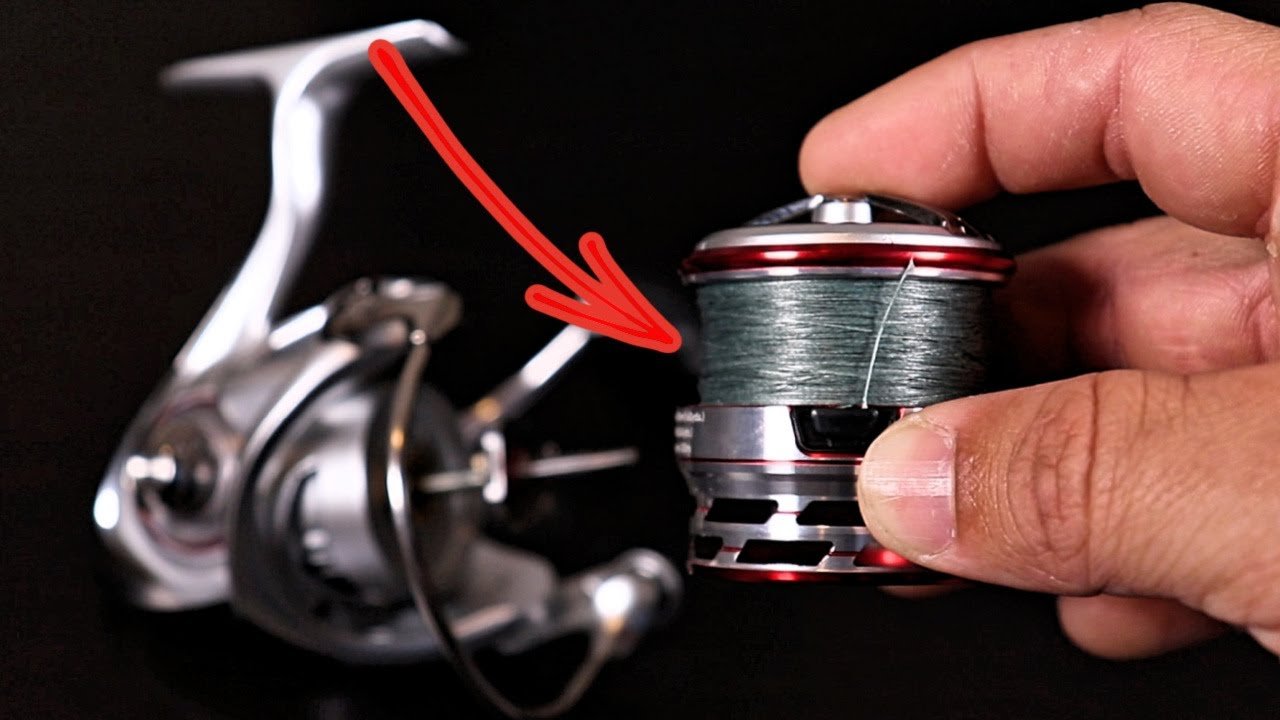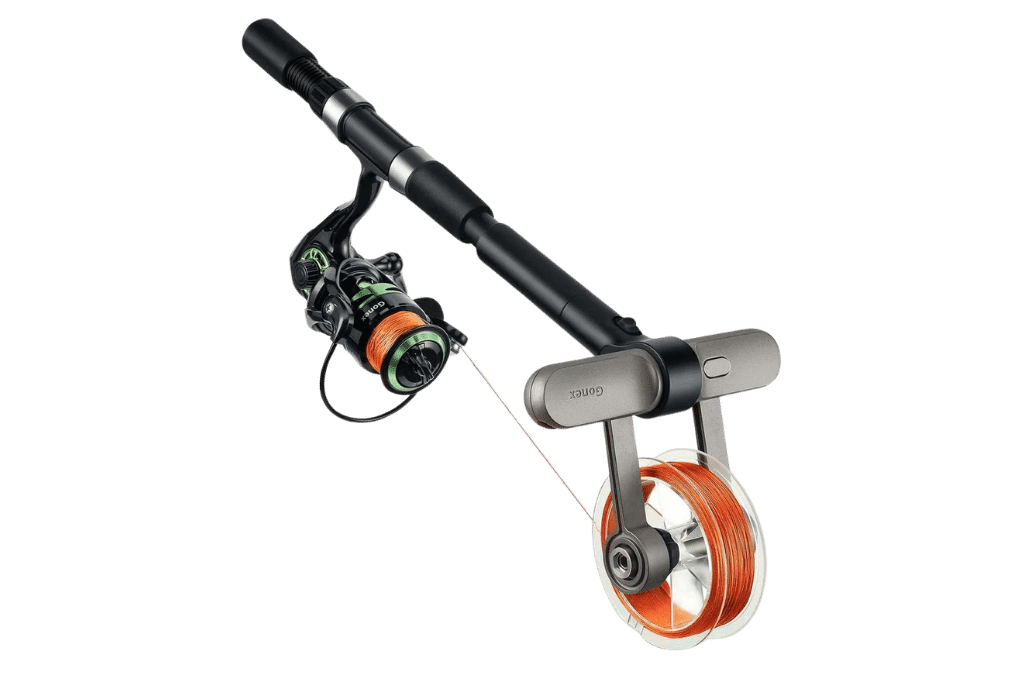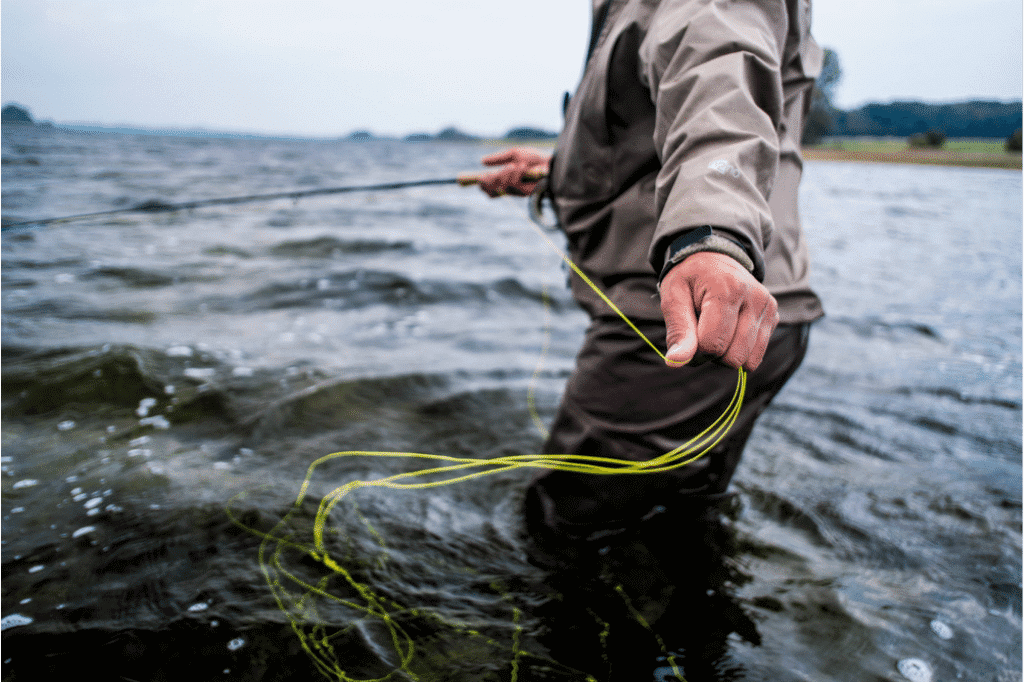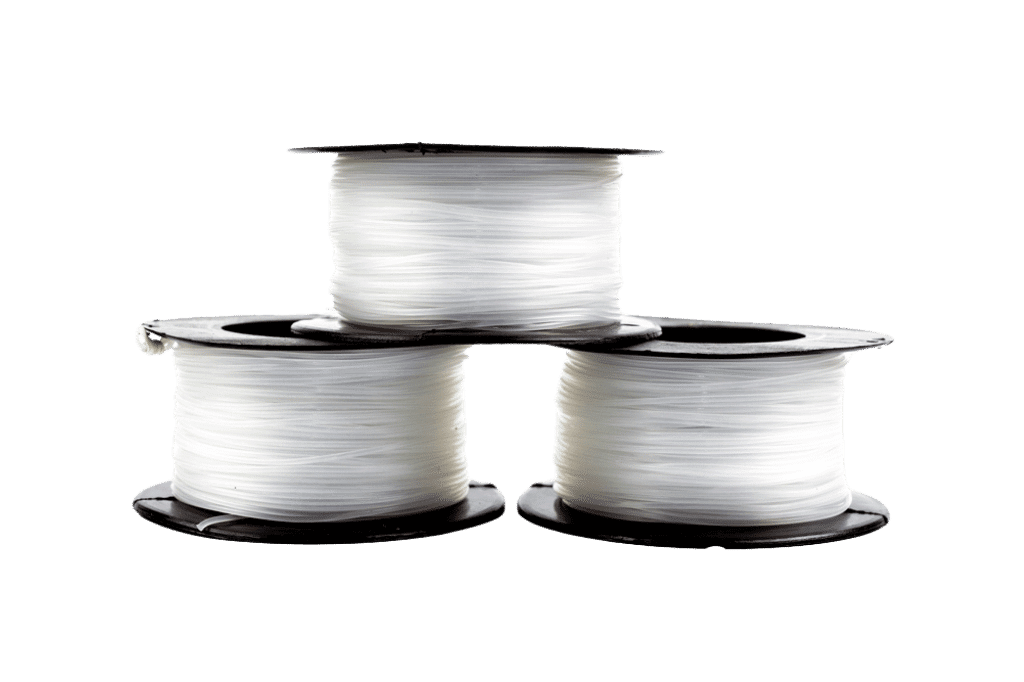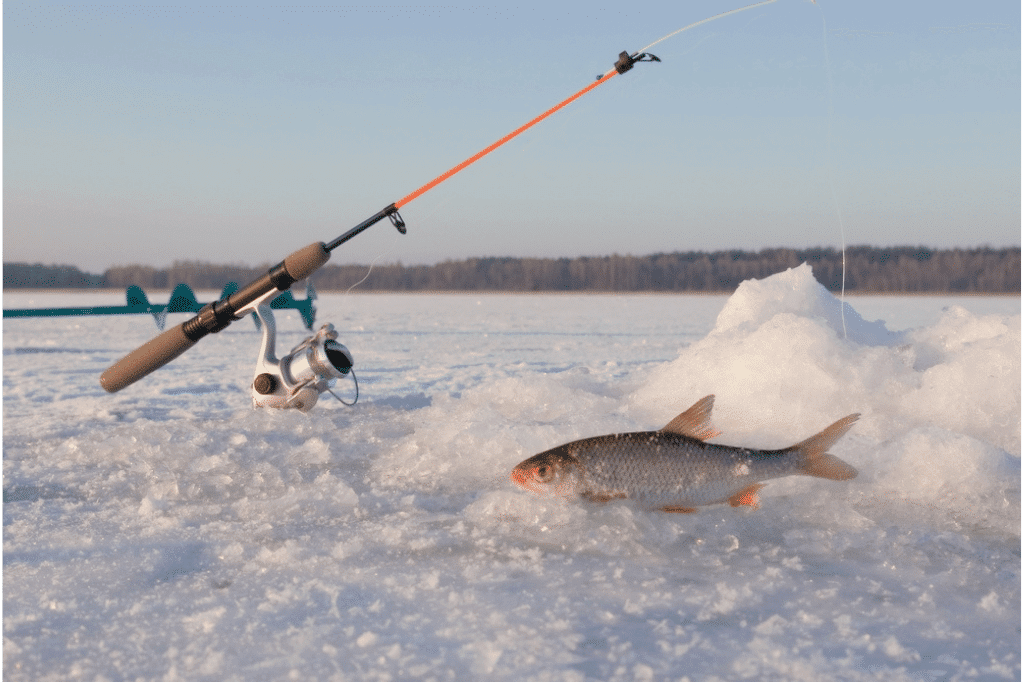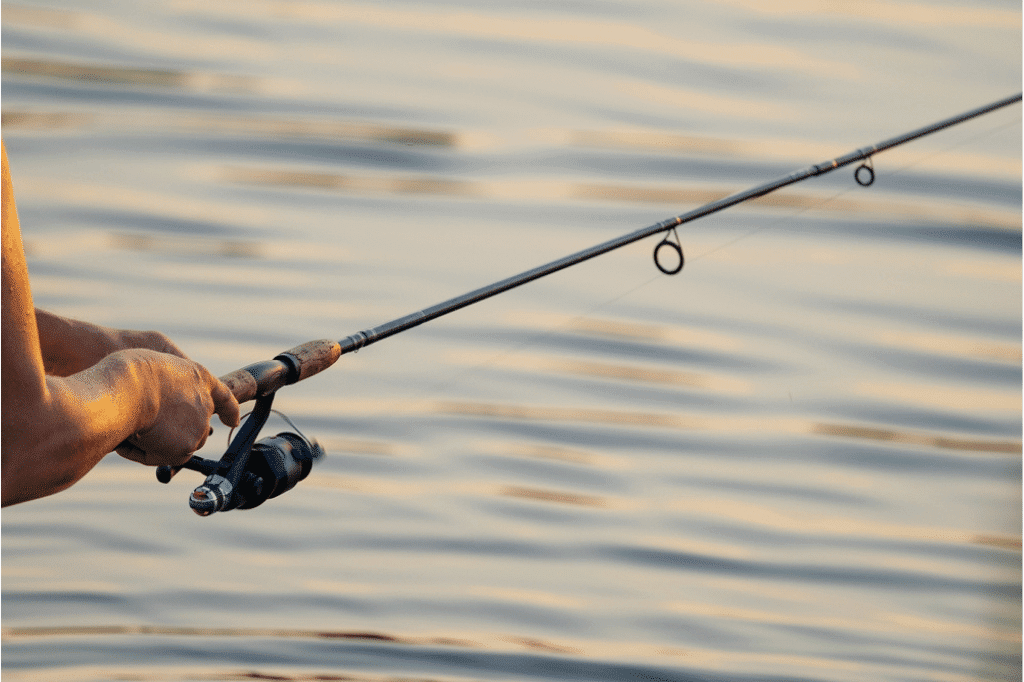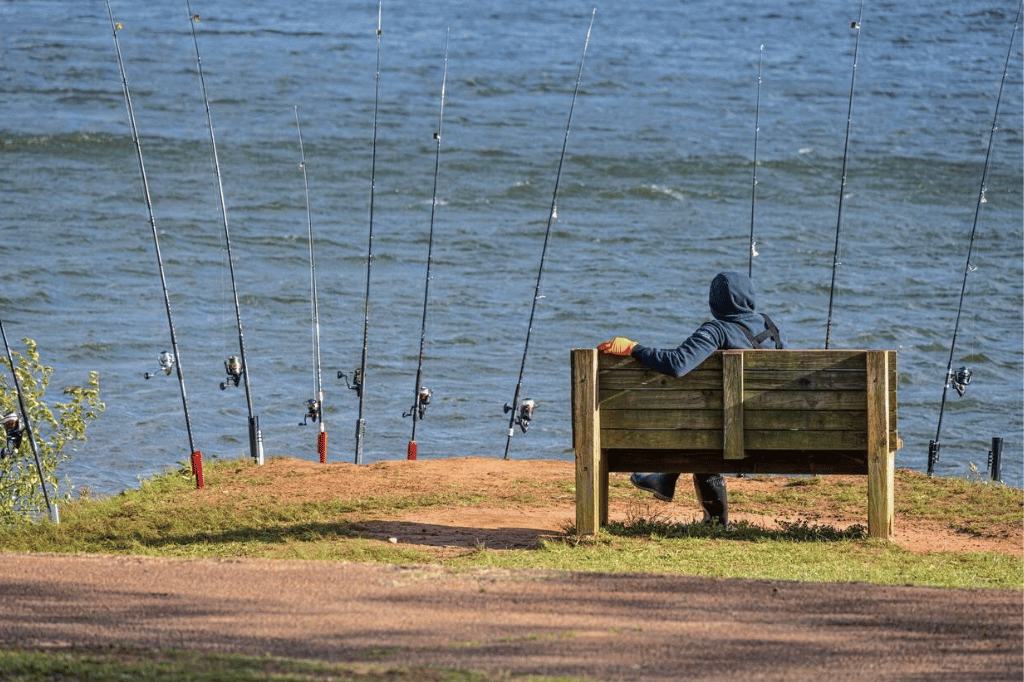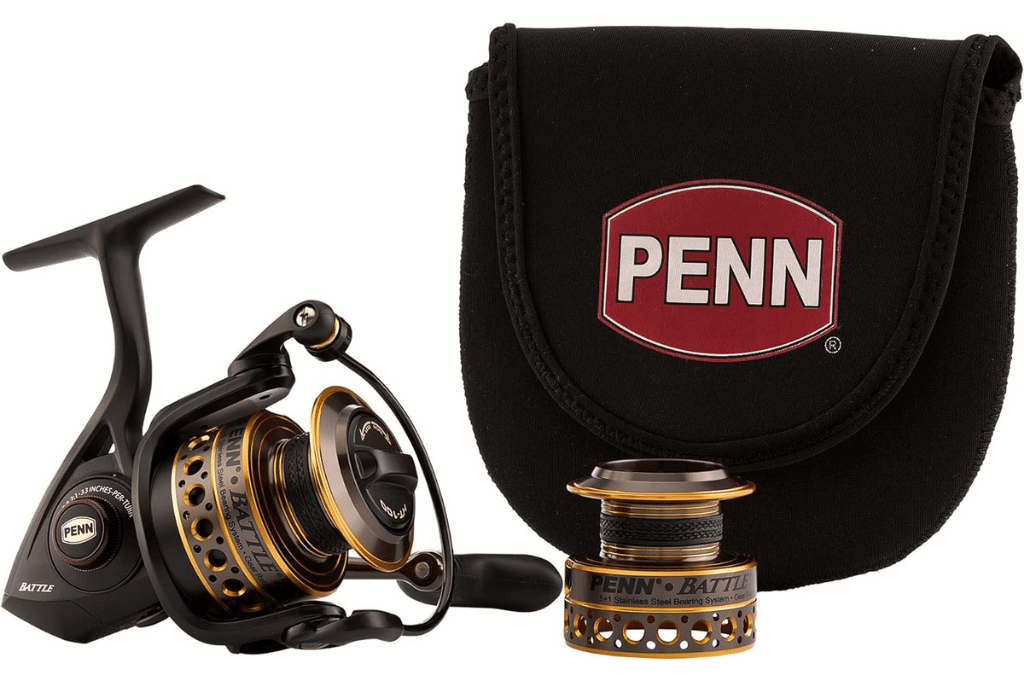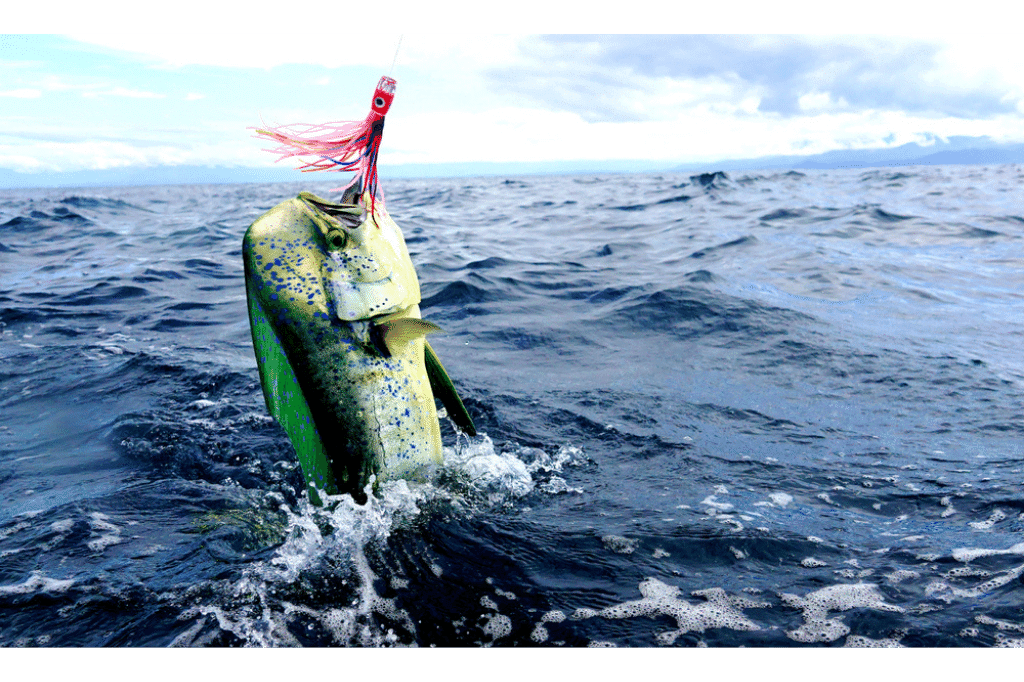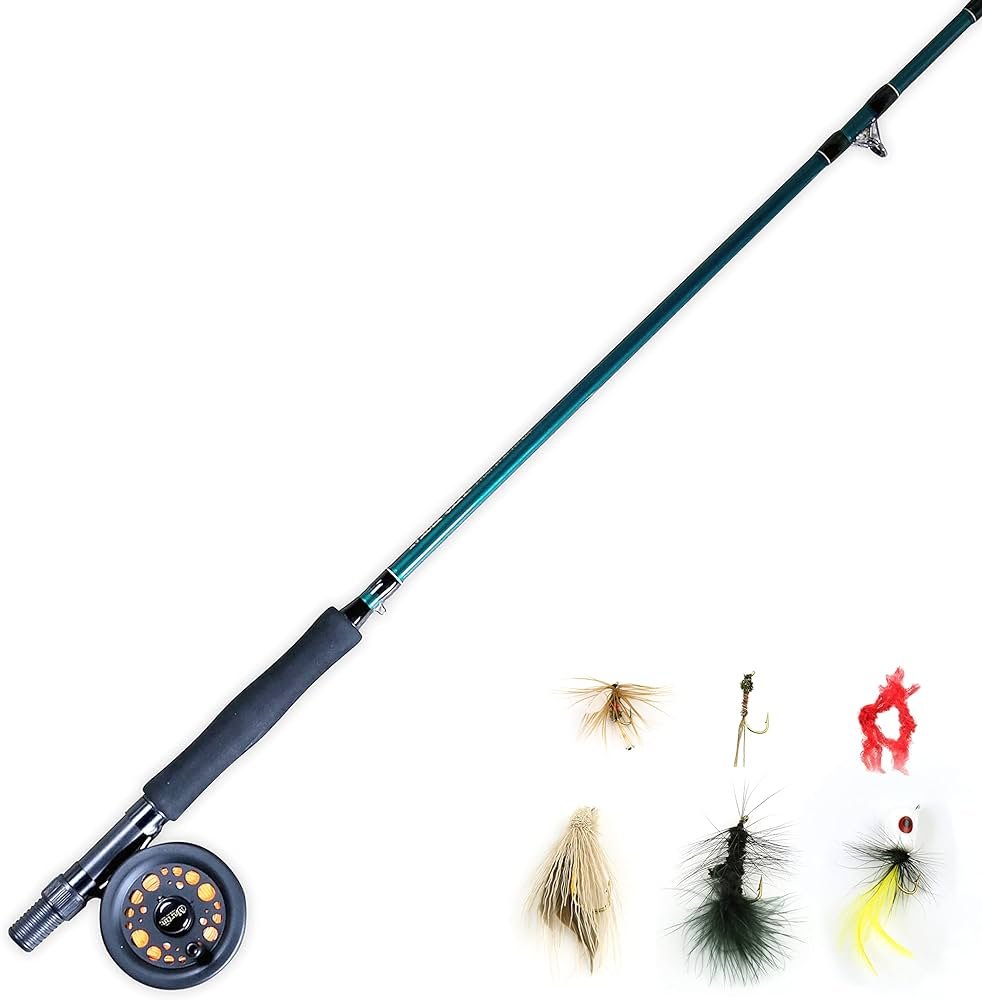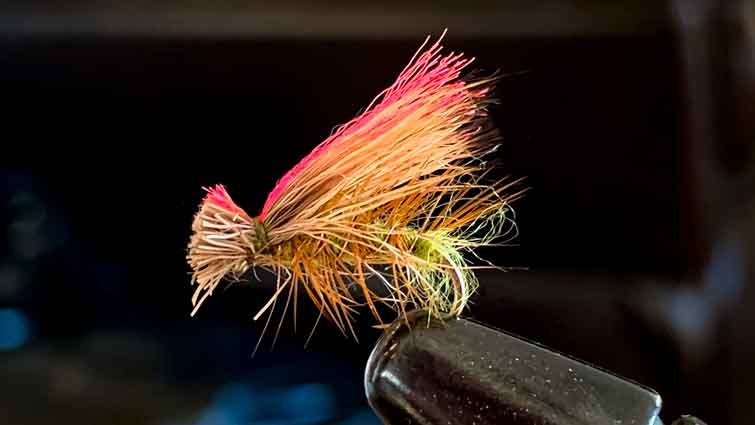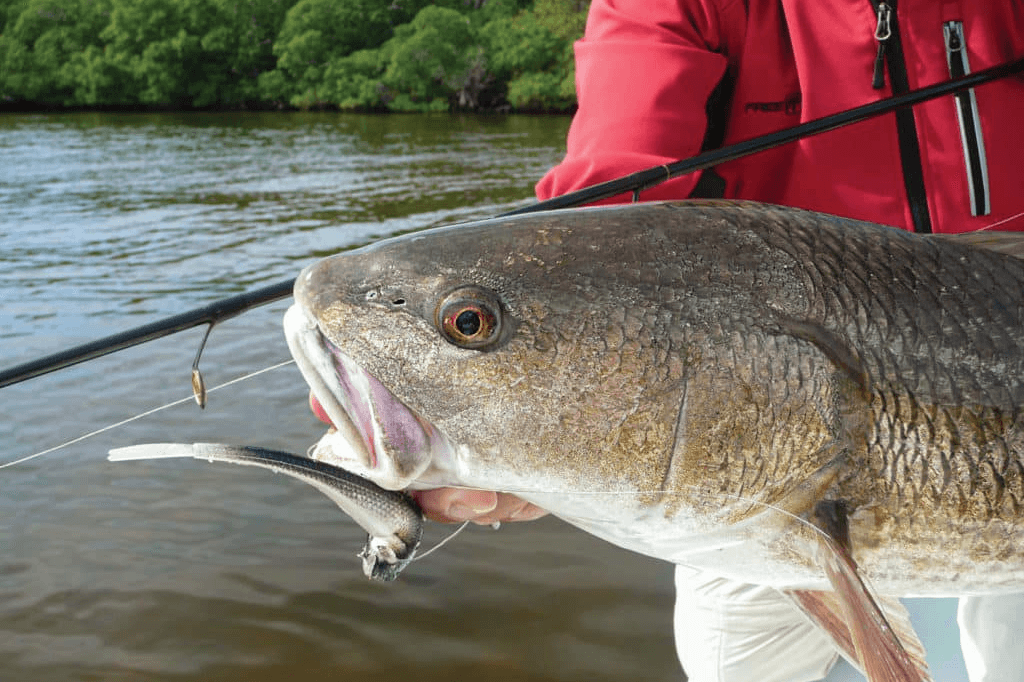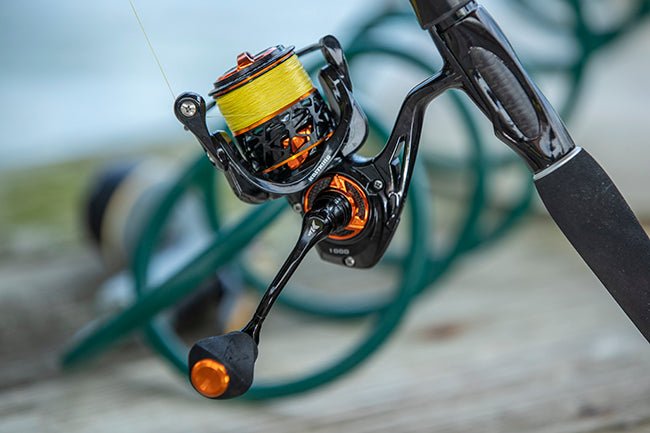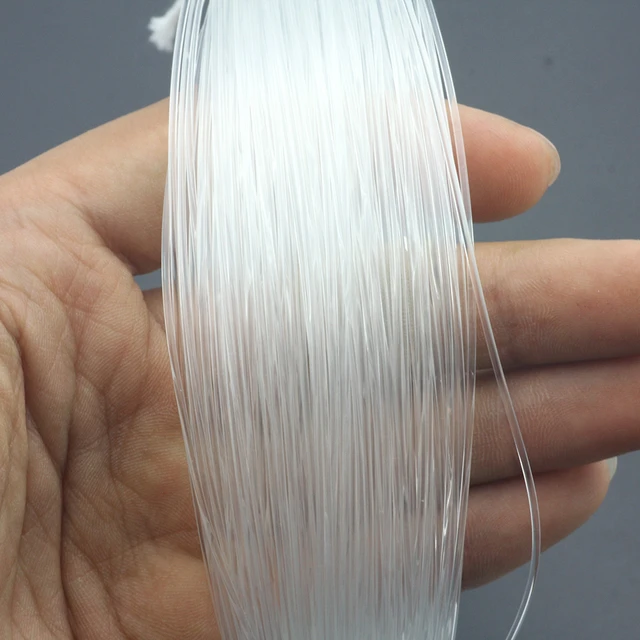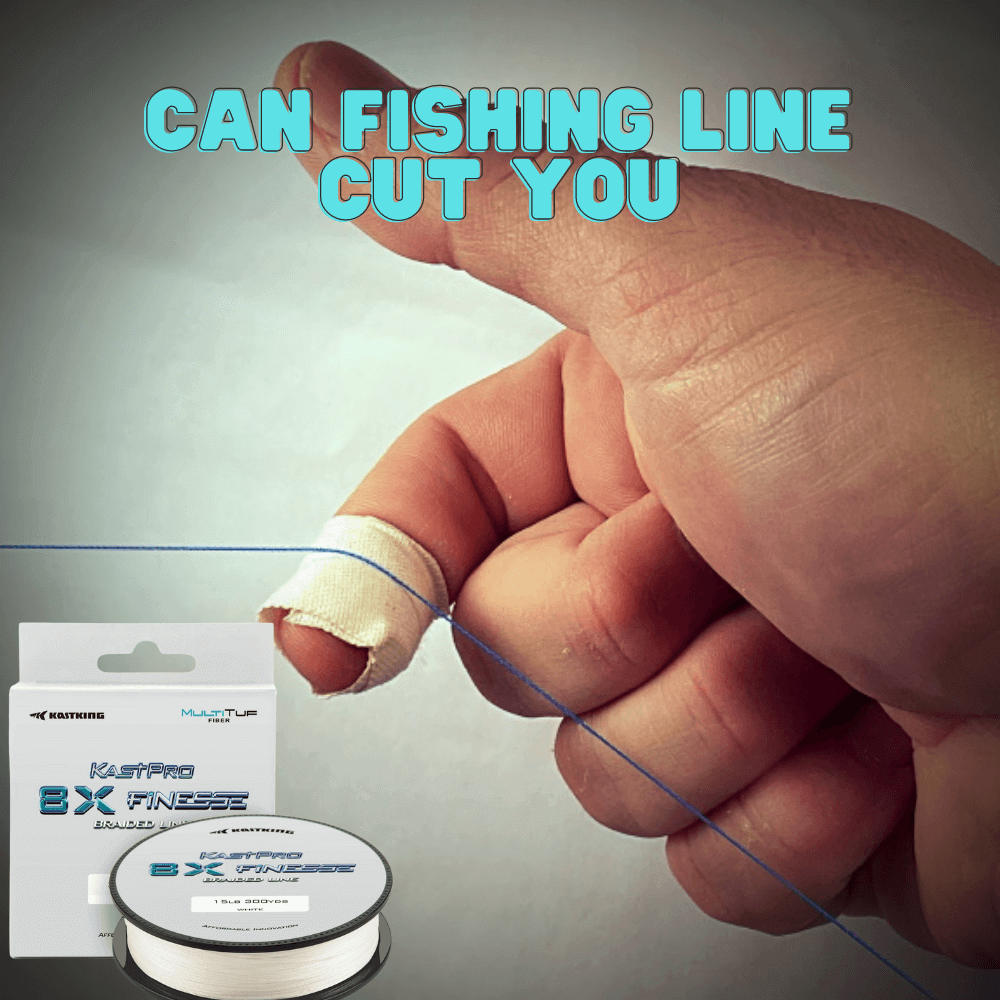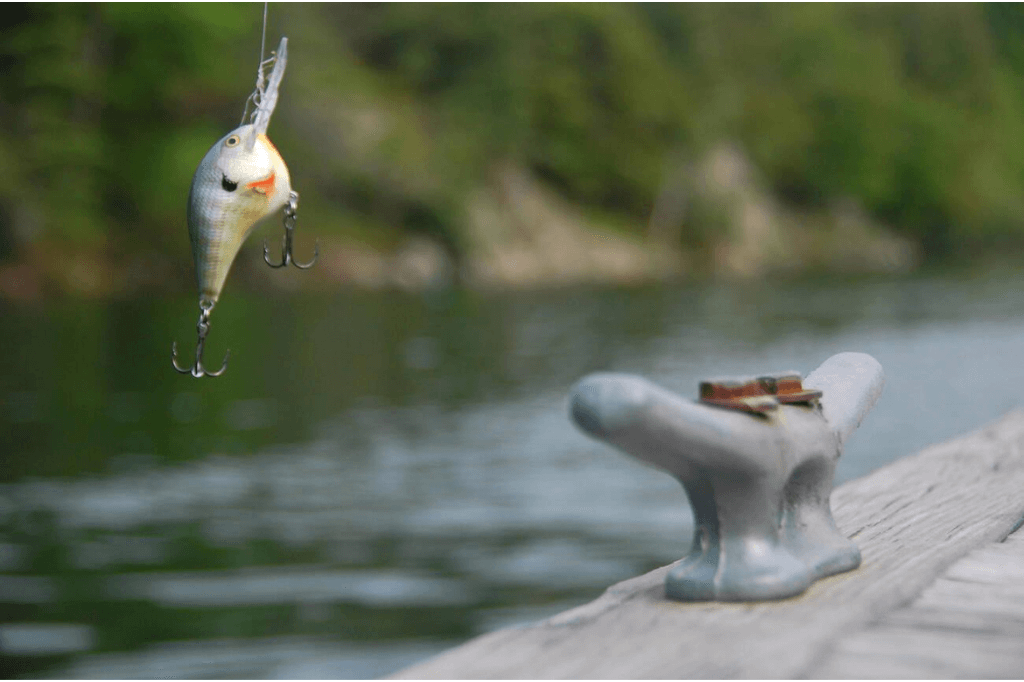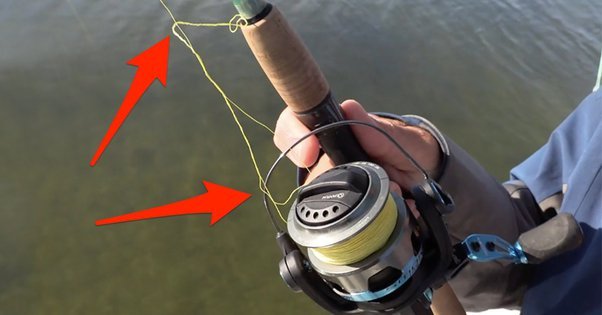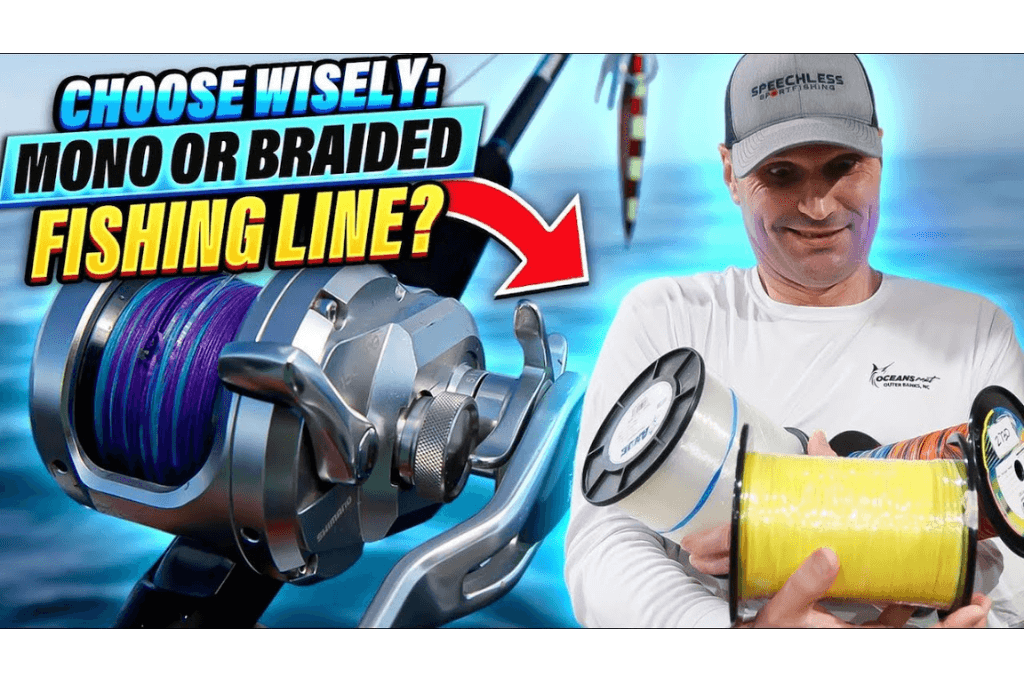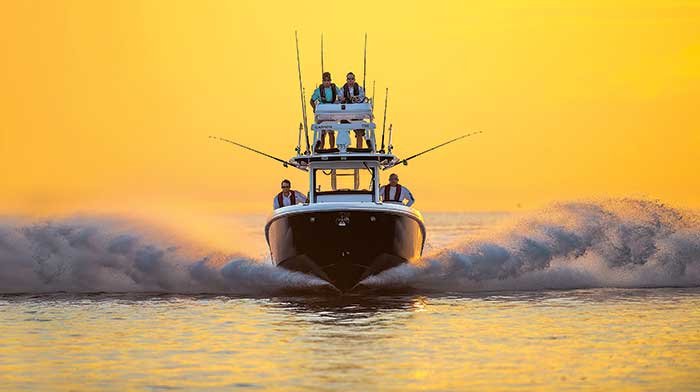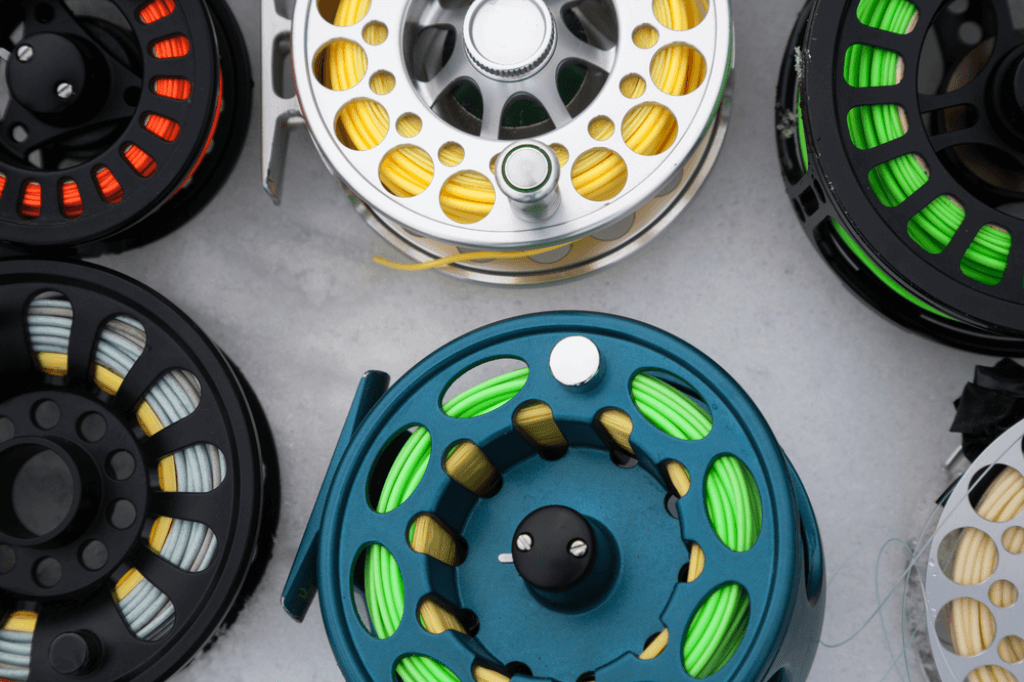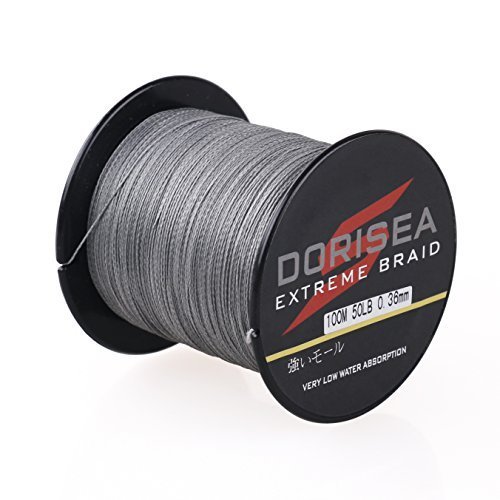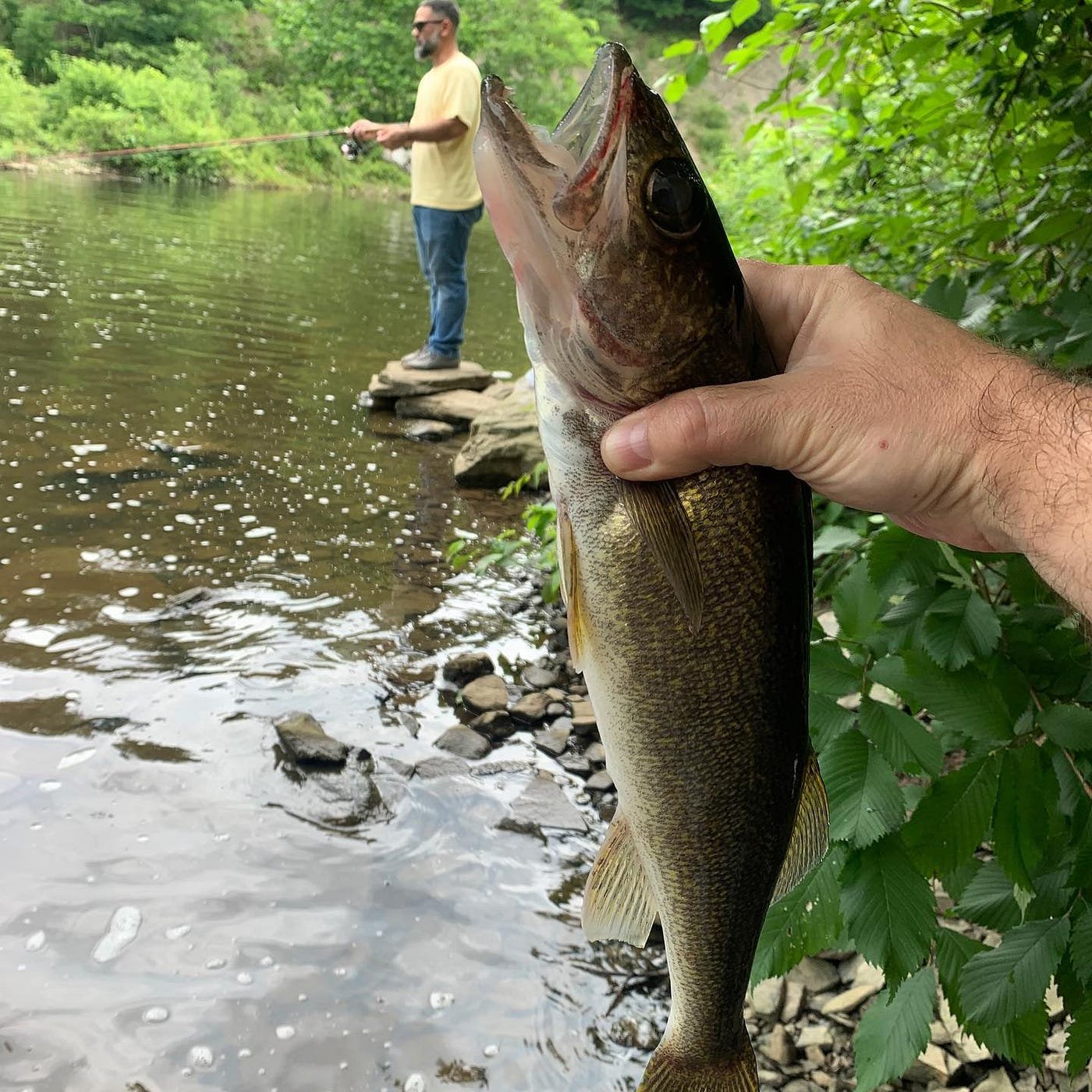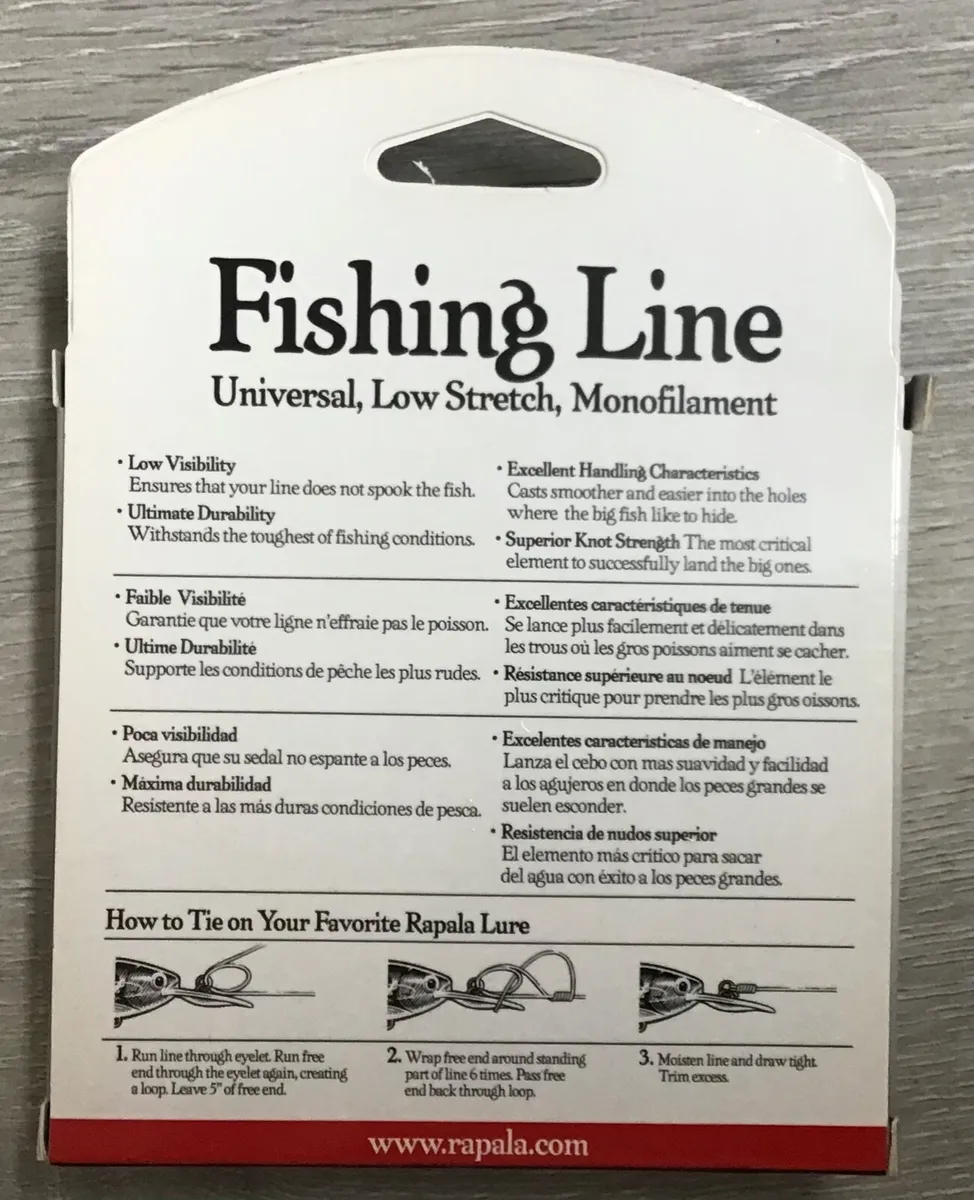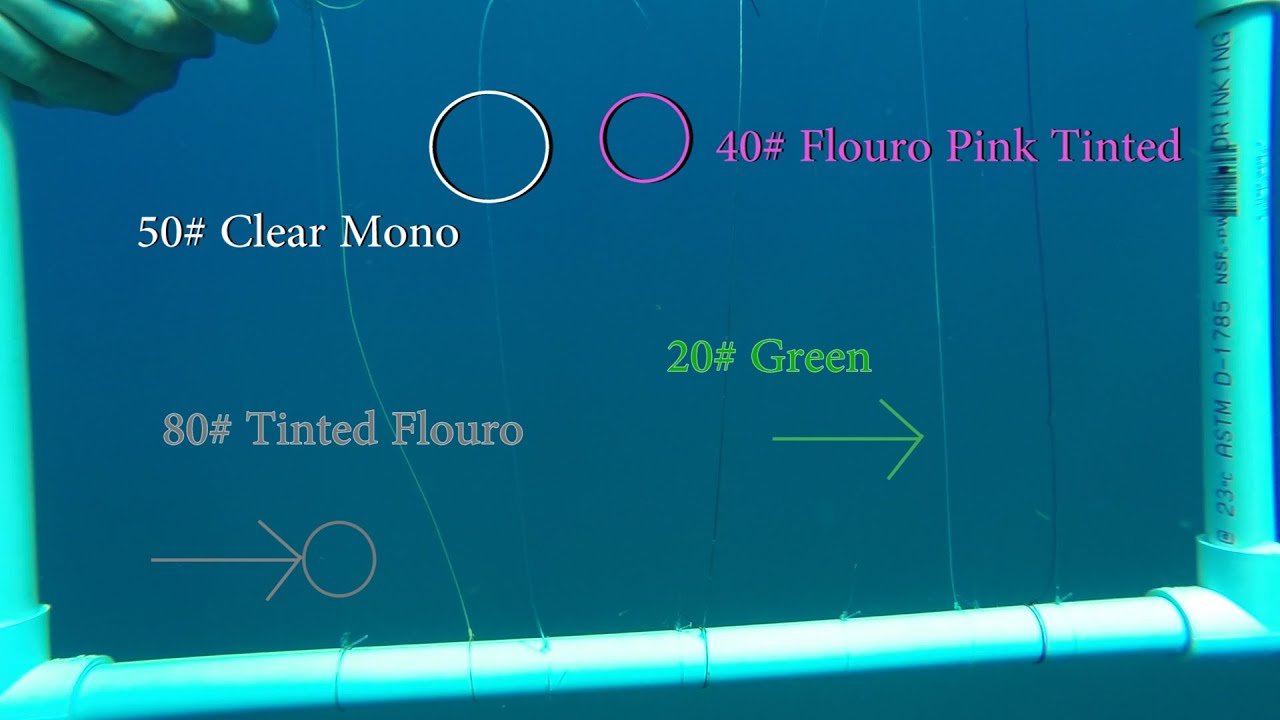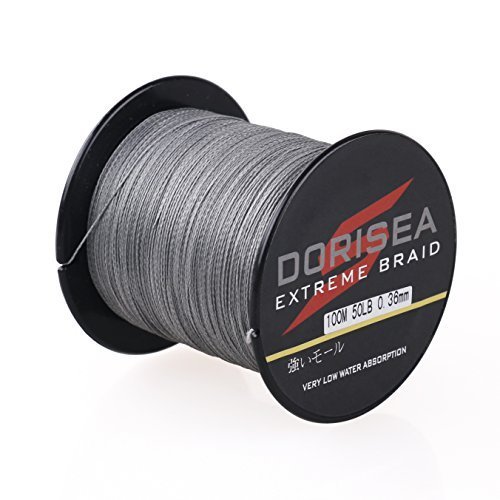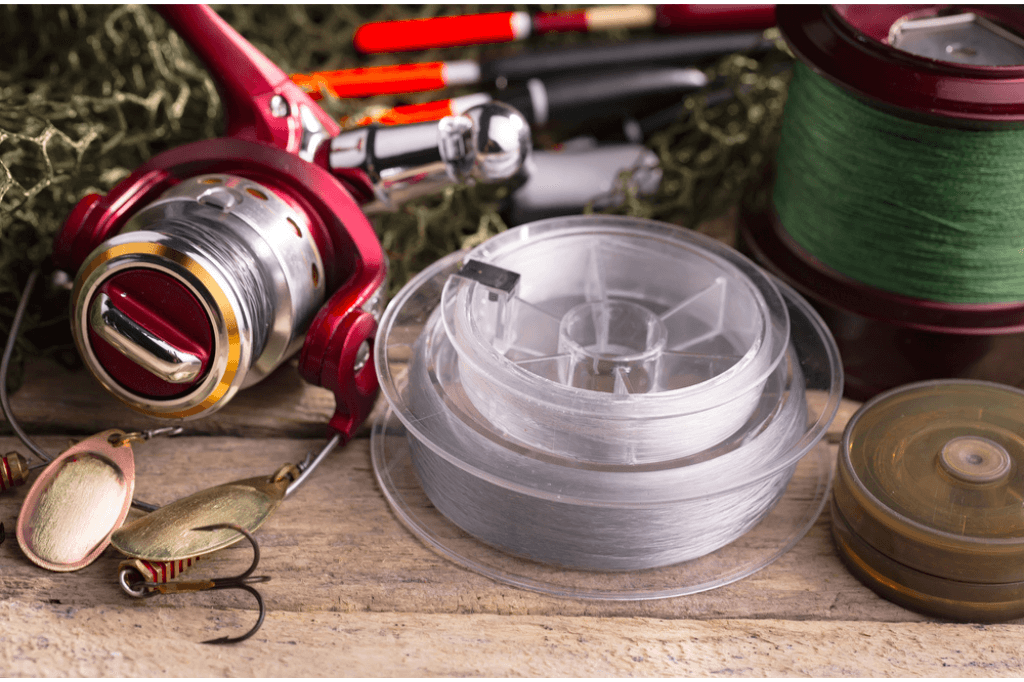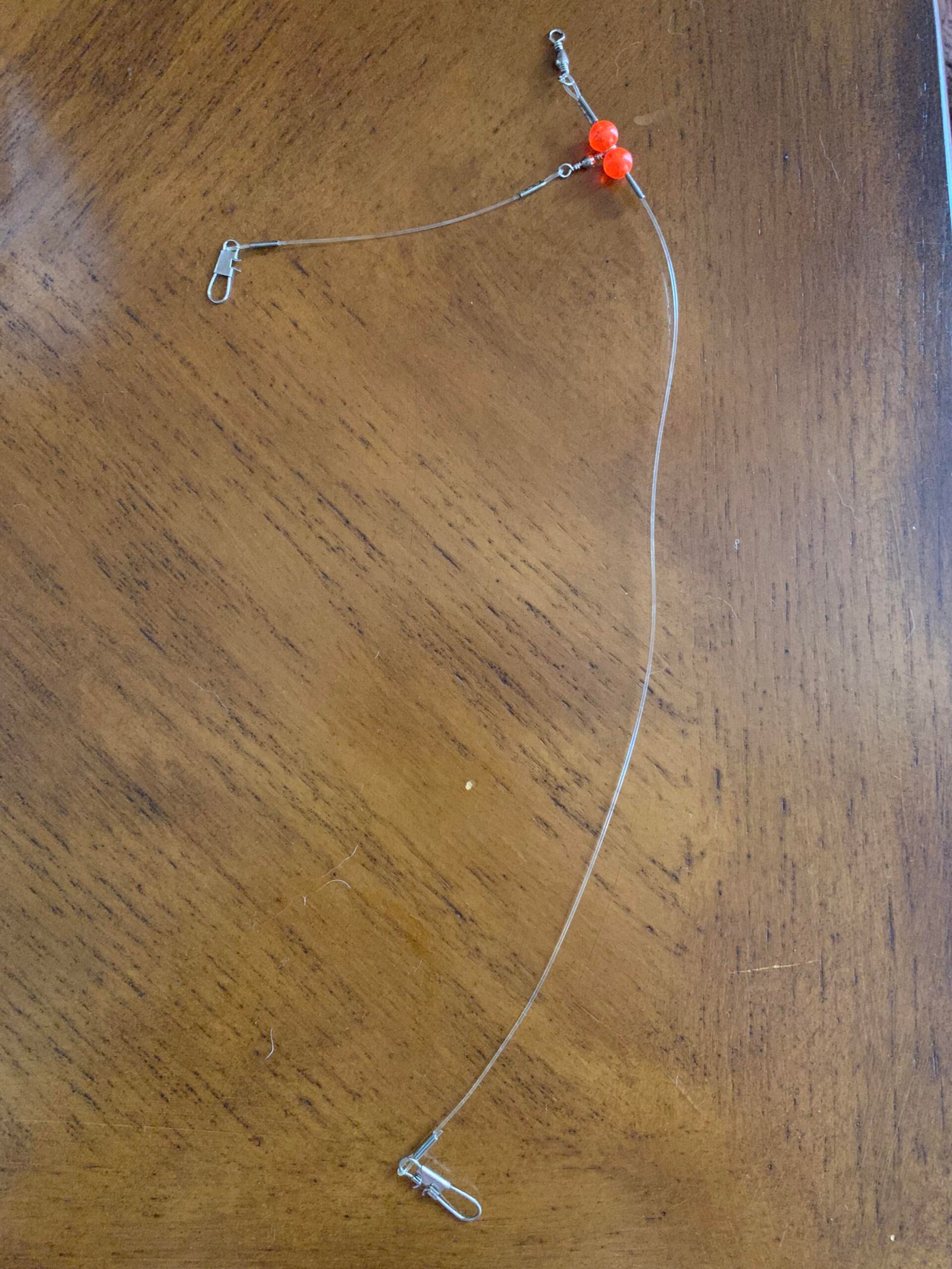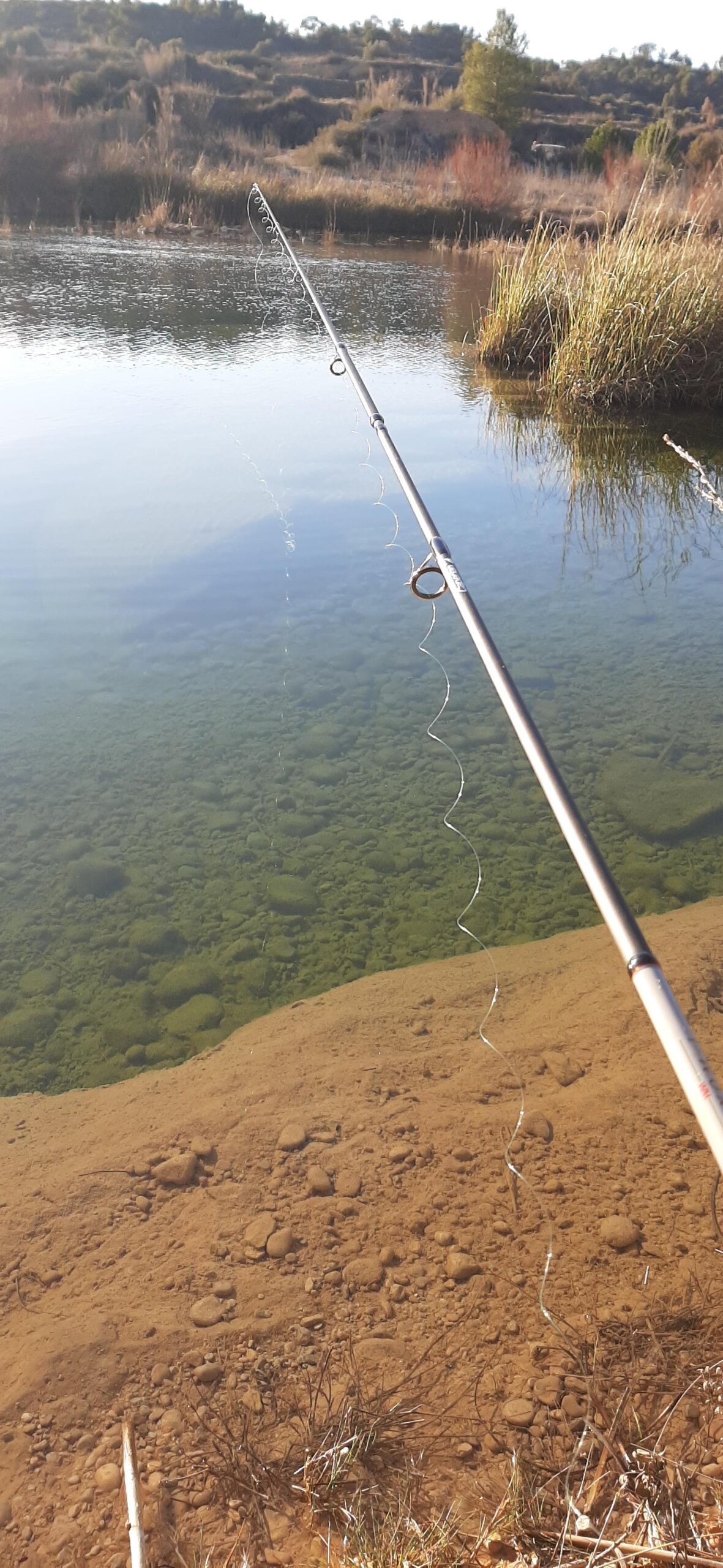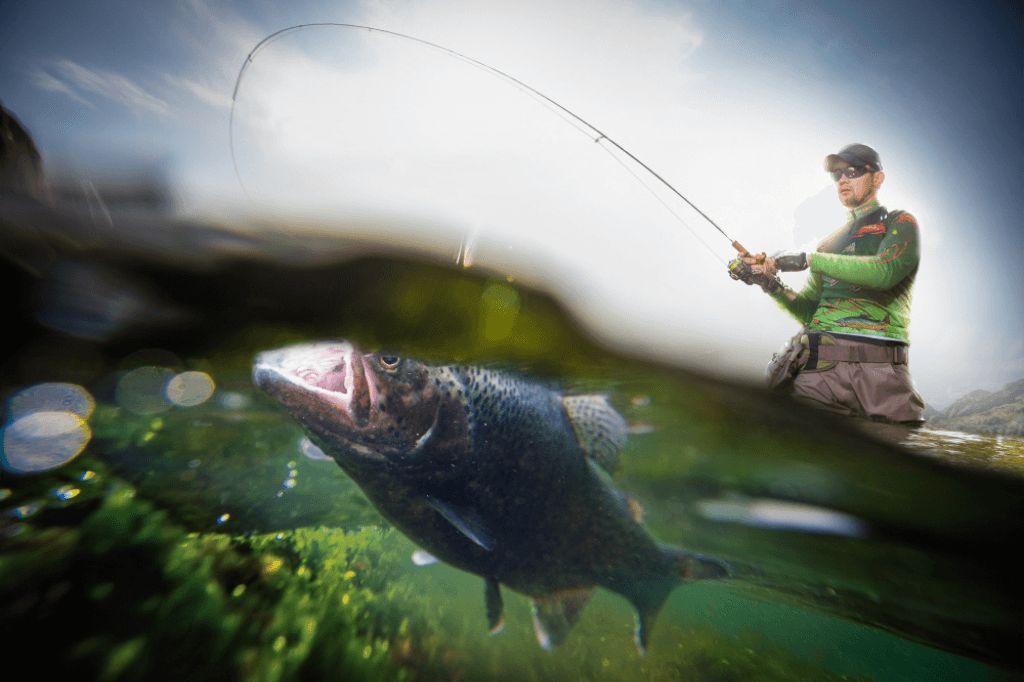Fishing line maintenance is crucial for successful angling. Over time, fishing lines experience wear and tear. Exposure to sunlight, water, and abrasive surfaces weaken them. Frequent use accelerates this process, making regular replacement necessary. Experienced anglers know fresh lines perform better and reduce the risk of losing a catch.
Different types of fishing lines, like monofilament, fluorocarbon, and braided lines, have varying lifespans. Inspect your line regularly for nicks and fraying. Regular replacement ensures reliability and enhances your fishing experience. Keeping your gear in top shape is a key aspect of fishing success.
The Lifespan Of Fishing Line
Fishing line durability depends on several factors. Exposure to sunlight can weaken the line. Saltwater can corrode it faster than freshwater. Frequency of use also matters. A line used often will wear out quicker. Storage conditions play a role too. Keeping it in a cool, dark place extends its life. Line material is another important factor. Different materials last different times.
| Type of Fishing Line | Average Lifespan | Characteristics |
|---|---|---|
| Monofilament | 1-2 years | Stretches, affordable, less durable |
| Braided | 5-10 years | Strong, less stretch, more visible |
| Fluorocarbon | 7-10 years | Invisible underwater, less stretch, more expensive |
Signs Of Wear And Tear
Frayed or discolored fishing lines indicate it’s time for replacement. Regularly check for nicks and weakened spots. Ensure optimal performance by changing your line frequently.
Visual Cues
Look for frayed or broken strands on the fishing line. Check for discoloration; a faded line means it’s old. Ensure there are no nicks or cuts along the line. Uneven thickness is a bad sign too. Feel the line for any rough spots.
Performance Indicators
If the line snaps easily, replace it. Test the knot strength; weak knots mean it’s time for a new line. Notice if the line twists more than usual. Poor casting distance is another clue. Reduced sensitivity can also indicate wear.
Frequency Of Replacement
Fishing lines should be replaced regularly. Freshwater lines need replacement every six months. Saltwater lines should be changed every three months. Always check for signs of wear and tear. Replace immediately if you notice fraying or breaks.
By Fishing Line Type
| Type of Fishing Line | Replacement Frequency |
|---|---|
| Monofilament | Every 6 months |
| Fluorocarbon | Every 12 months |
| Braid | Every 24 months |
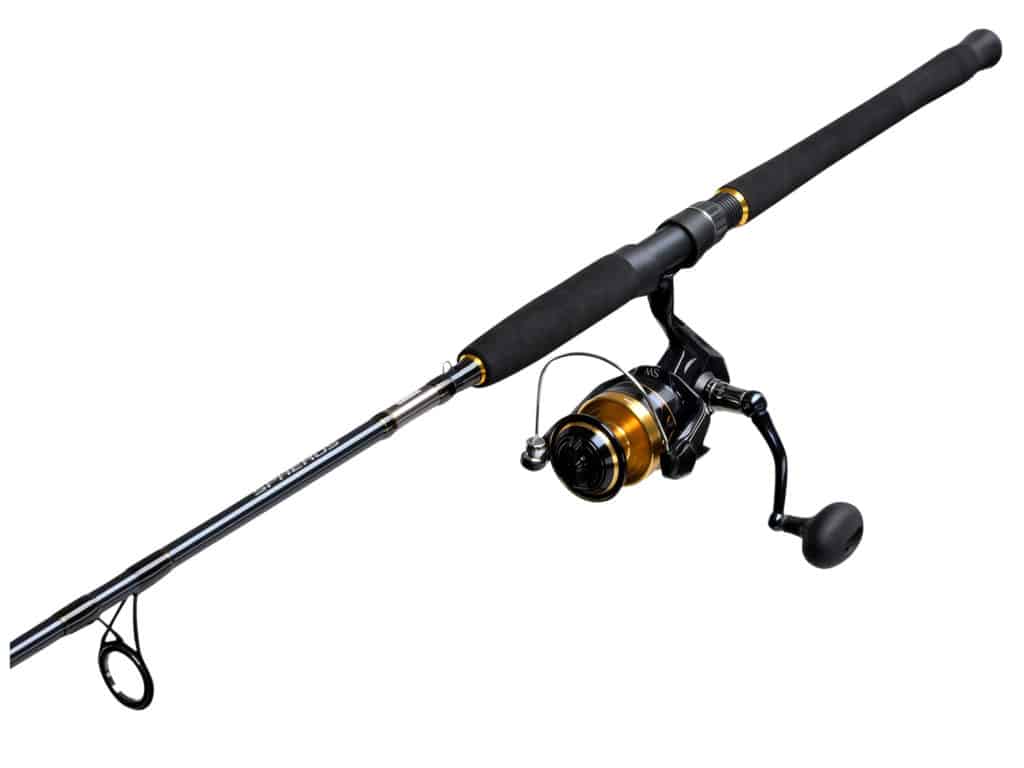
Impact Of Environment On Fishing Line
Clear water can make fishing lines wear out faster. Saltwater is harsh and can damage the line. Freshwater is gentler but still causes wear. Algae and debris can also harm the line. Fishing in dirty water means the line gets dirty too. This makes it weaker over time. Fishing in clear, clean water is better for your line.
Sunlight can make fishing lines weaker. UV rays break down the material. Keeping your line out of the sun helps it last longer. Heat and cold can also affect the line. Extreme temperatures make it brittle. Store your fishing gear in a cool, dry place. Avoid leaving it in direct sunlight or in your car.
Maintenance Tips To Extend Line Life
Rinse your fishing line with fresh water after every use. Remove dirt and salt to prevent damage. Dry the line before storing it. This will help avoid mold and mildew. Inspect the line for any nicks or frays. Replace if you find any damage. Use a soft cloth to wipe the line gently. Avoid harsh chemicals as they can weaken the line.
Store your fishing line in a cool, dark place. Avoid direct sunlight as it can weaken the line. Use a line spooler to keep the line tight and untangled. Keep away from extreme temperatures. Use a ziplock bag for extra protection. Check the storage area for pests. Keep the line dry to avoid moisture damage. Label the storage container with the date of storage. This helps track the age of the line. Regularly inspect the storage setup for any issues.
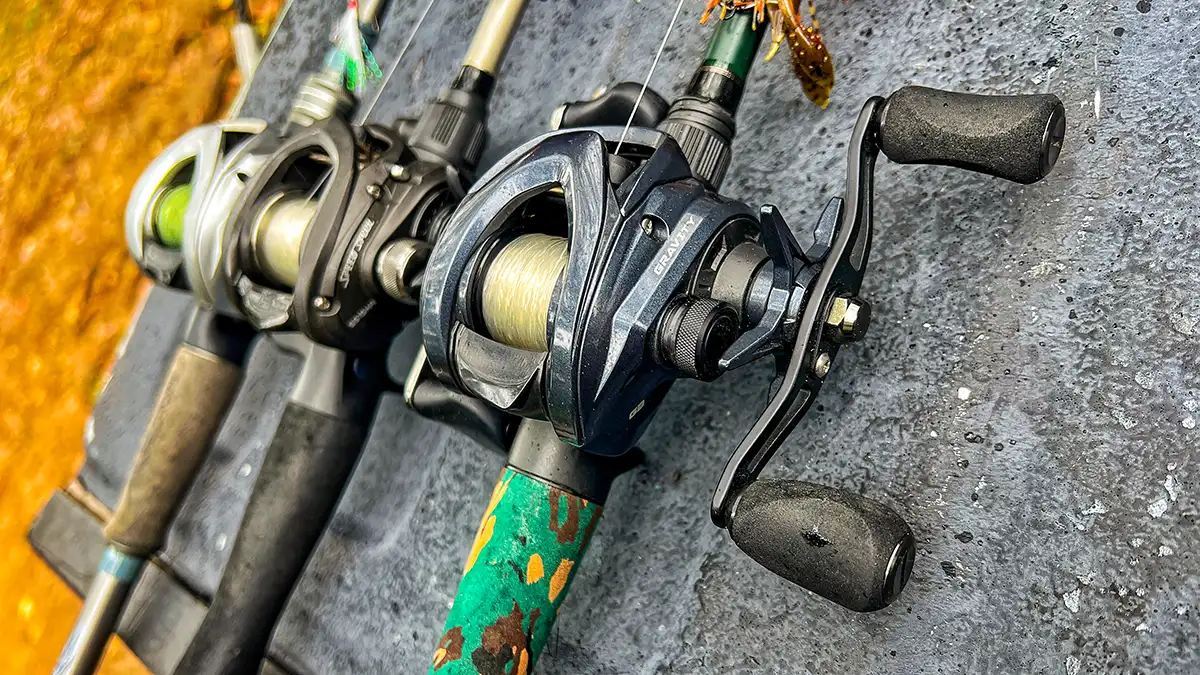
The Role Of Usage Intensity
Casual anglers often fish a few times a year. Their fishing lines may last longer. They should still check for signs of wear. Professional anglers fish often and use their lines more. They should replace lines more frequently. Regular checks help ensure fishing lines are always in good condition.
Fishing lines can be affected by seasons. Summer heat can weaken lines. Cold winters can make lines brittle. It’s important to check lines at the start of each season. Replace any lines that show damage. This keeps fishing trips safe and successful.
Replacing Line: A Step-by-step Guide
Gather your fishing rod, new line, and scissors. Make sure the rod is clean. Remove any old line from the reel. Use scissors to cut the old line. Dispose of the old line properly. Check for any damage on the reel. Ensure the new line is the right type and strength. Keep everything within reach.
Thread the new line through the rod guides. Start from the bottom and move up. Tie the new line to the spool. Use a secure knot. Wind the line onto the spool. Keep the line tight to avoid tangles. Fill the spool to the recommended level. Cut off any excess line. Test the line for strength. Make sure everything works smoothly. Enjoy your next fishing trip with a fresh line.
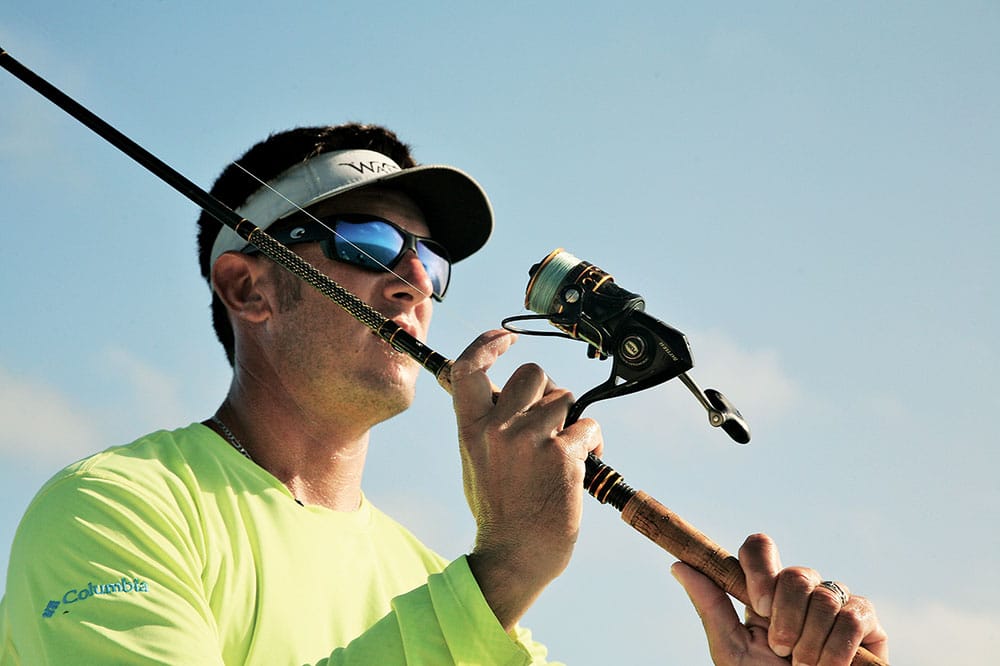
Best Practices For Line Disposal
Fishing lines can harm wildlife. Birds and fish can get tangled. This can cause injury or death. Always collect and dispose of old lines. Never leave them in nature. Use a container to store old lines. This will keep them from being lost.
Recycling fishing lines helps the environment. Many stores offer recycling bins. You can drop off old lines there. Some companies specialize in recycling fishing lines. They turn old lines into new products. Look for these services in your area. Recycling keeps the environment clean and safe.
Frequently Asked Questions
How Do I Know When To Replace My Fishing Line?
Replace your fishing line when it shows signs of fraying, discoloration, or reduced strength. Check for knots and tangles. Regularly inspect your line after each fishing trip to ensure optimal performance. Replace it annually for best results.
How Long Should Fishing Line Last?
Fishing line typically lasts 1-2 years, depending on usage and storage conditions. Replace it annually for optimal performance.
How To Tell If Your Fishing Line Is Bad?
Check for fraying, discoloration, or stiffness. Look for nicks or abrasions. Test for knots that won’t tighten properly. Ensure there is no loss of strength or elasticity. Replace if it shows any of these signs.
How Often Should I Change My Line?
Change your fishing line every 6 to 12 months. Frequent use may require more frequent changes. Check for wear and tear.
Conclusion
Replacing your fishing line regularly ensures optimal performance and fewer lost catches. Fresh line enhances your fishing experience. Consider factors like usage, storage, and type of fishing line. By staying proactive, you’ll enjoy more successful fishing trips. Make fishing line replacement a routine part of your gear maintenance.

